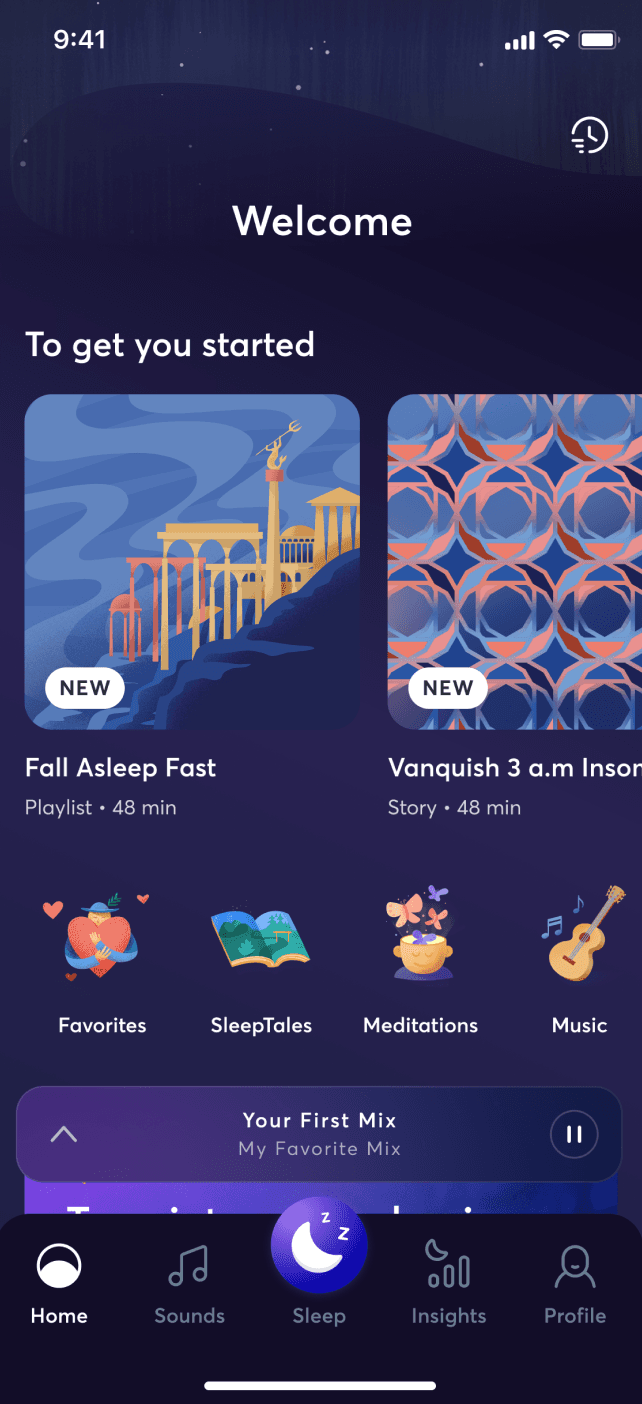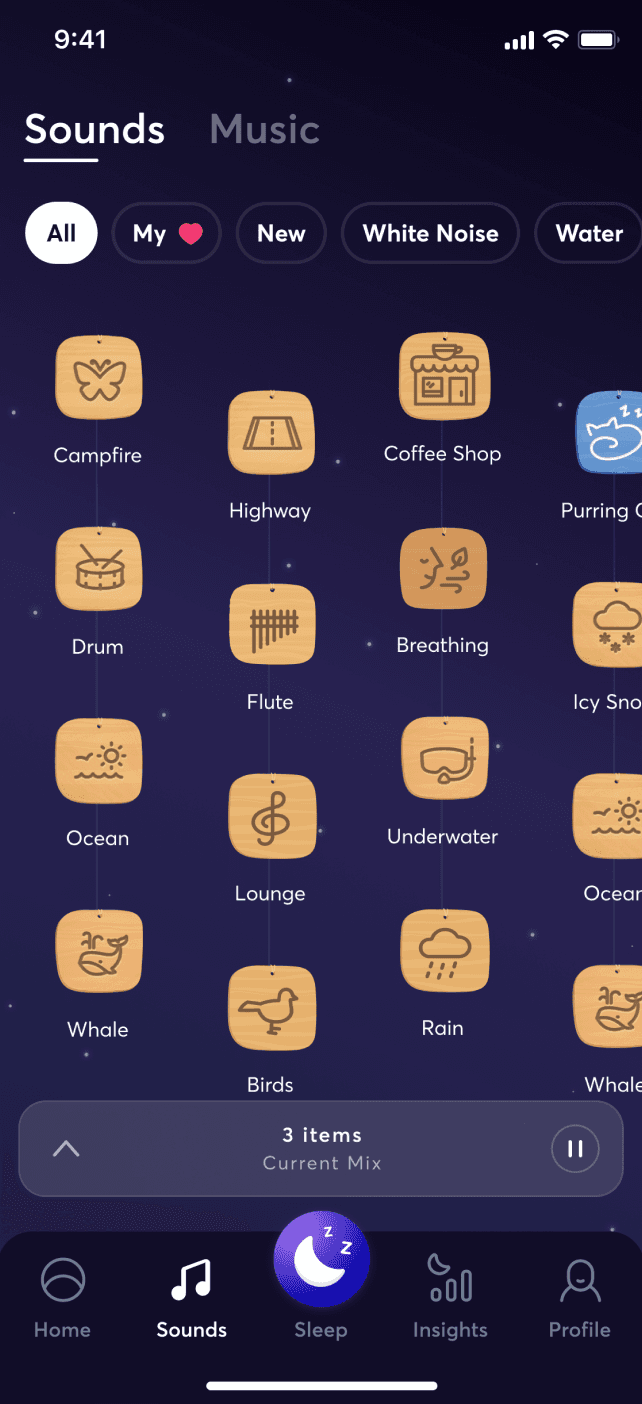
A Special Meditation for the Full November Beaver Moon
As we prepare for the winter season, many of us are experiencing changes both within and in the world around us. Honouring the Beaver Moon of November 30, 2020 is a wonderful way to release what you are ready to leave behind, and to nurture what you would like to start anew with this new moon and season. A full moon meditation can help welcome the new season and embrace the many benefits of this first winter moon. This meditation practice is also important for recognizing the power of the moon in a way that dates back to the Native Americans and colonial Americans.
What is the significance of the Beaver Moon?
The Beaver Moon is the name of the full moon in November.The Native Americans historically used the monthly full moons as a way to mark their calendars and the seasonal changes. The term “Beaver Moon” recognizes late November as the time of year when beavers have finished storing food for the winter and begun to take shelter in their lodges. November’s full moon name also acknowledges this as the time when Native Americans would trap beavers for their pelt to contribute to the fur trade.
Other names for the Beaver Moon include:
- The Frost Moon or the Freezing Moon: These names recognize the change in weather at this time of year.
- The Digging Moon or the Scratching Moon: Just as the beavers would begin sheltering in their lodges at this time of year, other animals would spend this time digging to create burrows and safe, warm places underground to spend the upcoming winter.
The Beaver Moon will reach its peak this year on November 30th at 4:30 am EST. You can begin to look for the Beaver Moon at sunset the day before. Use the Moonrise and Moonset Calculator to determine the exact times to view this moon in your specific area.
What is a full moon meditation?
A full moon meditation is very similar to a regular meditation practice, with the added opportunity to tap into the power of lunar energy at its height and to utilize the energy of the moonlight to inspire your own life. You can choose to create your own ritual for full moon meditations, or you can use a BetterSleep guided meditation. Either way, it’s important to set an intention and reflect upon what you hope to accomplish as you begin the meditation.
As with all meditations, find a spot where you can sit comfortably and relax. For a full moon meditation, this spot should be in direct view of the moon so that you can be bathed in moonlight as you meditate. As you focus on inhaling and exhaling, try to be mindful of feeling the Beaver Moon’s beams filling your body and the space around you.
Reflect on what you would like to release to the moon, choosing thoughts and feelings that no longer serve you well. Picture the full moon sharing its purifying light with you, allowing your focus to move on to new, more helpful intentions. You can plan to repeat this meditation as many times as you like in the hours immediately before or after the peak of the full Beaver Moon.
Why meditate during the full moon?
A full moon meditation offers many benefits. A full moon is the shape of a perfect circle which represents oneness and eternity. The Beaver Moon specifically is a time to ground yourself in the power of nature. When we open ourselves to these things, it offers us a sense of peace and calm. It also allows us to thank and release what no longer serves us.
When you focus on lunar energy and allow it to flow through you, what you feel most powerfully on the inside can transition into action on the outside. If you would like to harness the power of collective lunar energy, invite friends to join you in a socially distanced, full moon circle of meditation. This will give you the opportunity to breathe and grow as a person in response to the Beaver Moon, as well as in response to the power of multiple people focusing their minds on the moon and setting new intentions together.
Author Bio
Charise Rohm Nulsen writes about parenting, education, and living a healthy and natural lifestyle. Charise earned her degree in English and Women’s Studies from Boston College, as well as her graduate degree in English Education from Boston University. When she’s not writing, you’ll find her chasing adventure with her children, reading, hiking, snowboarding, and volunteering.






















